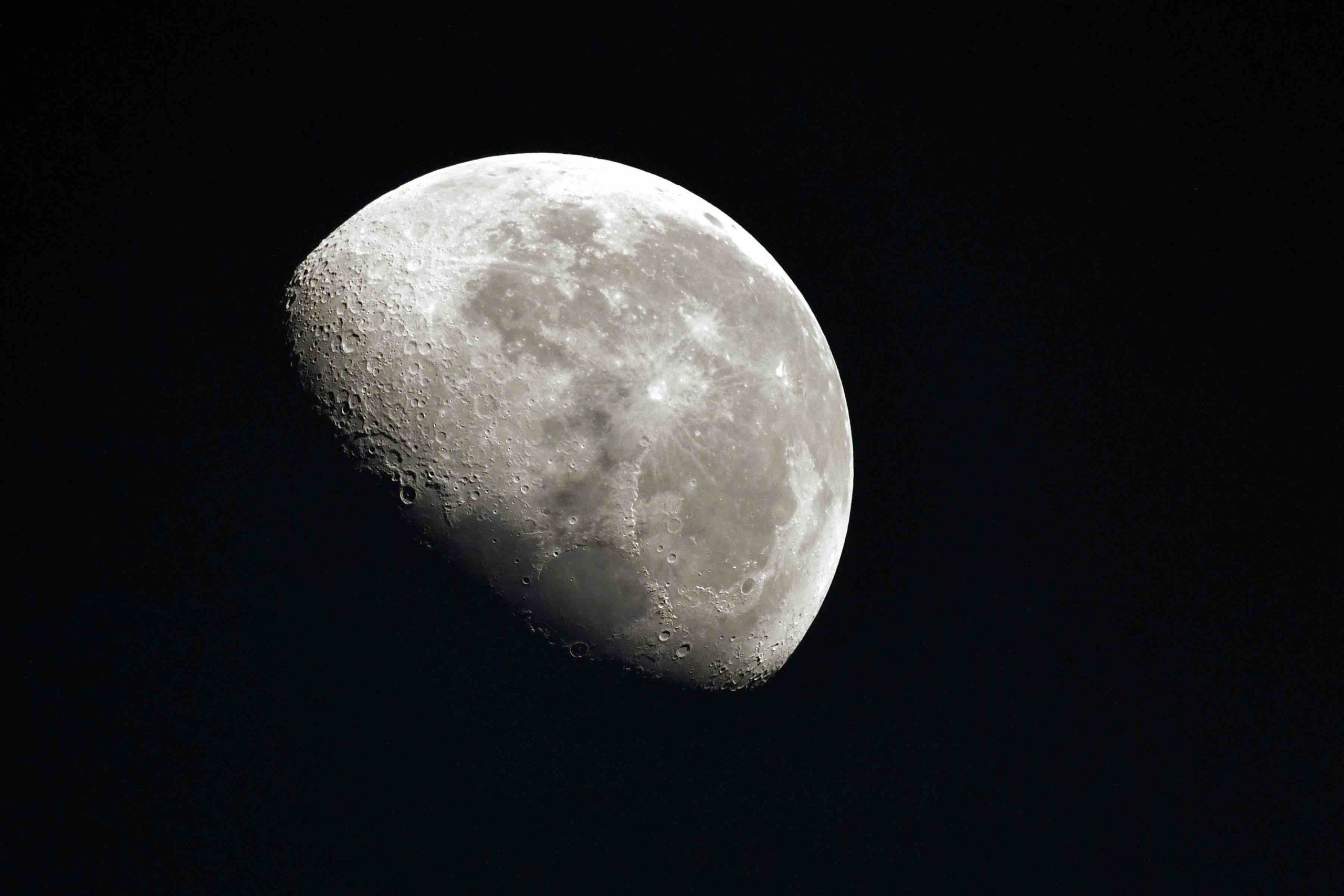The Lunar Pathfinder (LP) satellite has entered its integration and testing phase, to be completed by the end of this year (2024). Built by Surrey Satellite Technology Ltd (SSTL), LP will provide communications services in the lunar orbit.
“The spacecraft also hosts a GNSS receiver to demonstrate the precision of determining its orbital position,” said the European Space Agency’s Head of Lunar Projects Group Nico Dettmann. “Launch and in-orbit insertion of the spacecraft with Space-X’s Falcon/Firefly carrier is planned for the end of 2025, early 2026,” Dettmann told Inside GNSS, “with completion of service commissioning by mid-2026.”
The results of the LP GNSS demonstration will have a bearing on ESA’s Moonlight initiative, which involves expanding communication links and satnav coverage to the Moon. The first stage of Moonlight involves testing the use of current, Earth-orbit-based satnav signals around the Moon.
“For Moonlight, the baseline service and system requirements review has started,” Dettmann said. “The first Moonlight navigation spacecraft [GNSS-like satellite to be placed in Lunar orbit] is planned to be launched by 2028, validating the overall technology and performance. Three more spacecraft are planned to be launched by 2031, to provide a full GNSS-like lunar navigation service with unprecedented accuracy, for example surface location accuracy better than 10m and landing accuracy better than 50m.”
Inter-operability between ESA Moonlight navigation assets and those of International partners and commercial operators will be a priority. “First GNSS-like services may be provided on the Moon well before 2031,” Dettmann said.
International initiative
ESA is providing several key systems within the framework of NASA’s Artemis program to return humans to the Moon. The flight model of ESA’s HALO lunar communication system (HLCS), developed for NASA’s HALO module, is in its integration phase. Together with the power and propulsion element (PPE), HALO will be one of the first elements to form Lunar Gateway, the international space station that will orbit the Moon as part of the Artemis program. “We intend to deliver HLCS towards early 2025,” Dettmann said.
ESA is also providing several of its own service modules for Artemis. “ESA’s I-Hab habitation module development is ongoing, now approaching the critical design review at the end of 2025,” said Dettmann, “with a planned launch in 2028.”
Meanwhile, ESA’s ESPRIT communications module will service Lunar Gateway’s living quarters. And finally, Dettmann said, “The ESPRIT refueling module has been re-baselined towards a larger module, now also to provide cargo upload and in-orbit storage capabilities. The preliminary design review is scheduled for 2025, with launch set for 2030.” So, after a bit of a hiatus, it looks like humans are going back to the Moon.






